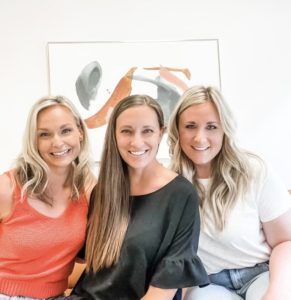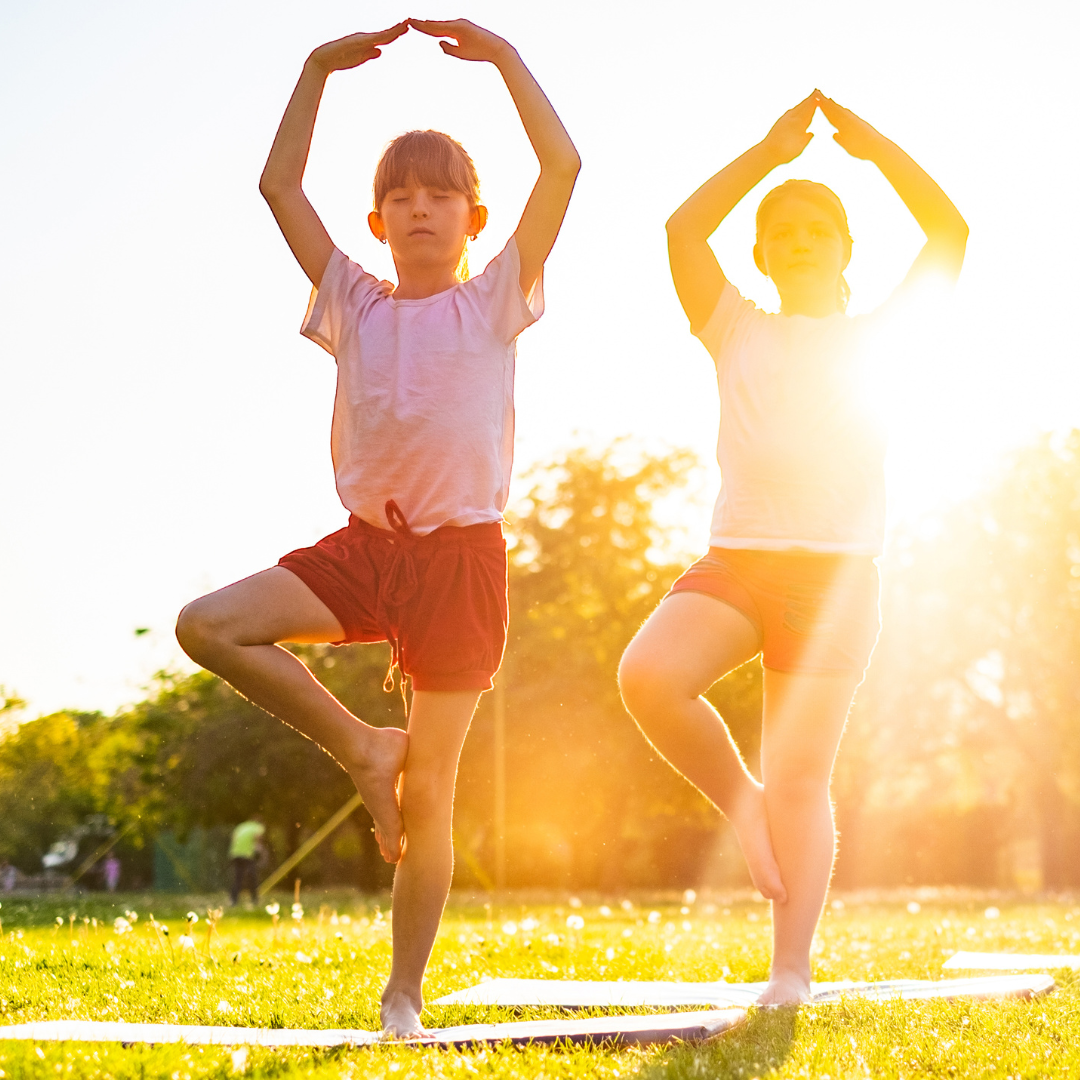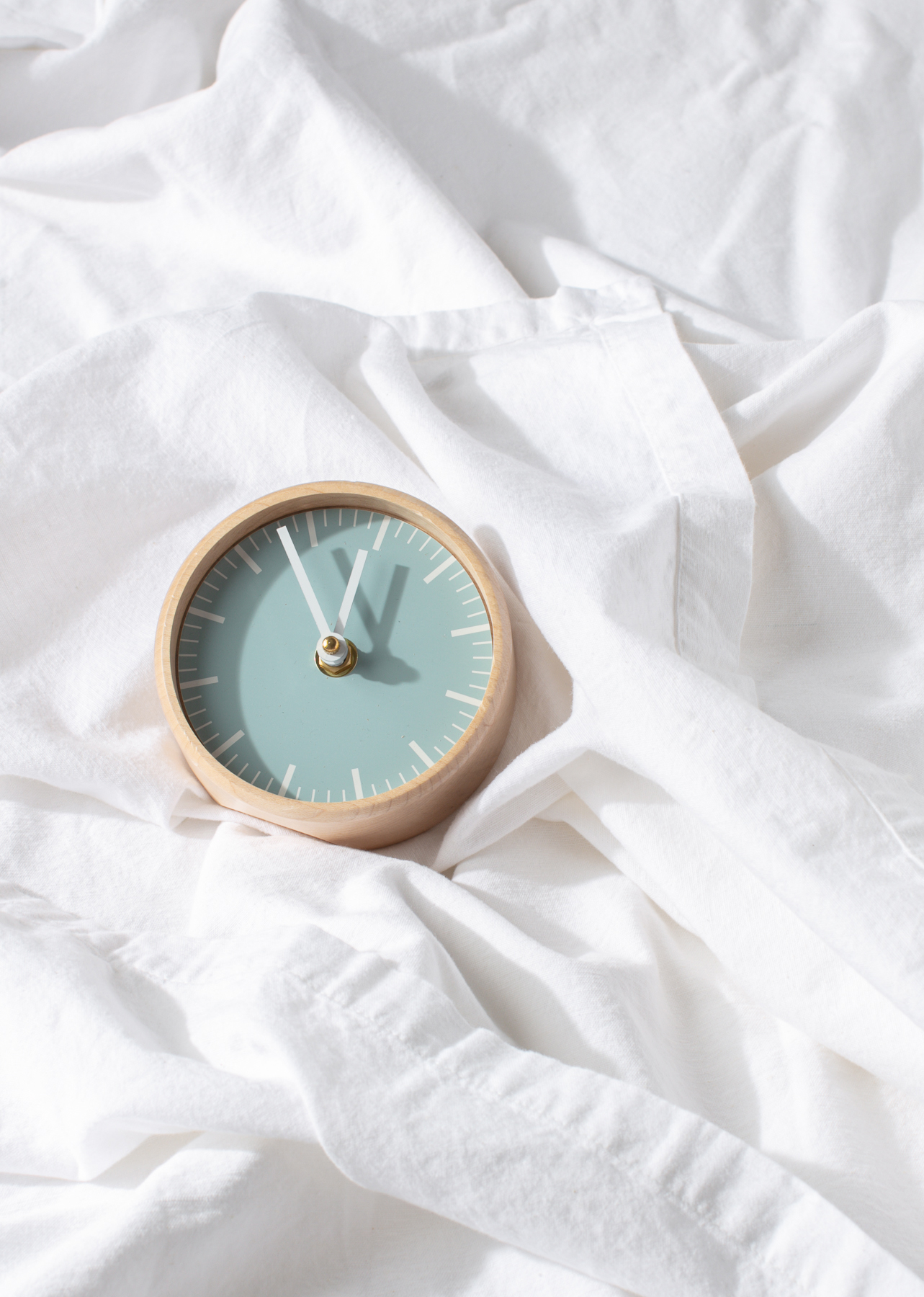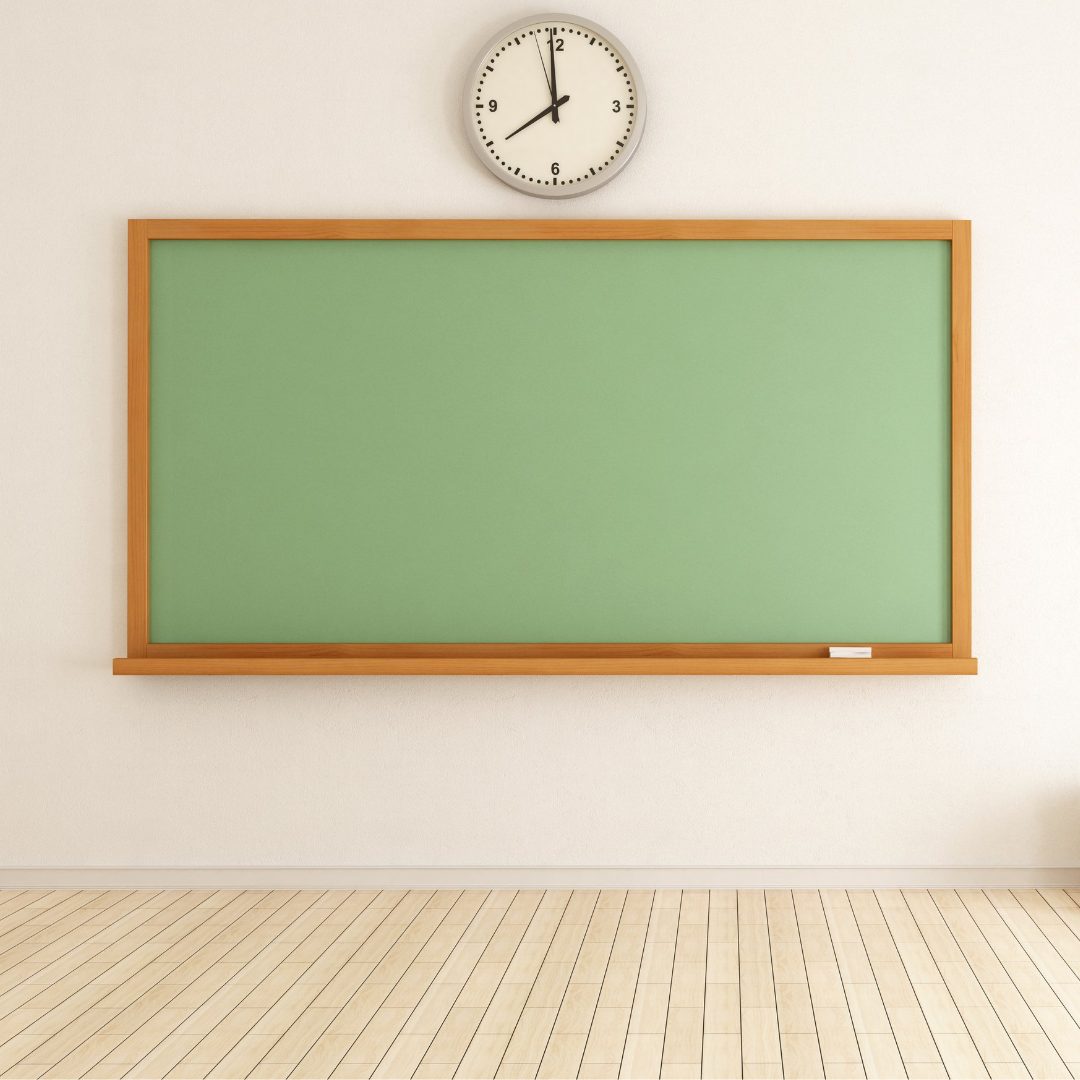Do you have concerns about your child’s sensory processing or ability to self-regulate? Many parents have heard of self-regulation, but don’t quite know how to support their children with ADHD. To help clarify this complex topic, we have gone to an expert in the field of sensory processing – Sophie Gusler, OTR/L, an occupational therapist in New York. Thank you Sophie for sharing your expertise about sensory processing in children with ADHD ! We are so happy to feature your knowledge on the blog today.
It’s bedtime and your child with ADHD seems nowhere near ready to wind down and fall asleep. They are moving, shaking, and dancing their way under the covers. All you want is for them to calm down, self-regulate, and get some rest. But sleep looks like it will be impossible, as does that nice glass of wine and Ted Lasso episode you’ve been waiting to watch!
Helping Your Child with ADHD Self-Regulate
All your child’s moving and talking when they should be sleeping has to do with your child’s ability (or inability in this case) to self-regulate. Self-regulation is the ability to control one’s feelings, thoughts, behaviors, and attention. Self-regulation is foundational for learning and positively impacts your child’s self-esteem and self-efficacy. One aspect of self-regulation is managing arousal.
Self-Regulation and Arousal
Arousal is your level of alertness or state of awareness. Managing arousal states is a foundational sensory processing skill necessary to help children self-regulate. Many children with ADHD have difficulty with managing their arousal state. For children with ADHD, everyday sights, sounds, tastes, smells, and movement can result in extreme responses, resulting in ever-changing arousal levels. Arousal can be high (hyperarousal), optimal (just right) or low (hypoarousal). Here are descriptions of different arousal states:

- High arousal is that feeling moment before the big drop on a steep roller coaster. Adrenaline is rushing and you have a heightened awareness of yourself and your environment.
- Low arousal is that feeling of complete relaxation during a massage. You peacefully drift into your own world.
- Optimal arousal is the “just right” state where you can easily increase or decrease your energy level to accomplish a task. This allows you to transition from moving to sitting still without sacrificing your ability to actively participate.
In case you were wondering, there are no right or wrong states of arousal. Arousal happens without us being aware and gets better with age. When children are very young, adults help regulate their arousal states. As children grow and develop, they learn to regulate their own arousal states.
Most people experience different states of arousal throughout the day. For example, you might feel low arousal as you fall asleep, and high arousal while working out. One of the keys to self-regulation is being able to manage those arousal states. Imagine trying to work out with low arousal and fall asleep with high arousal!
Managing Arousal States in ADHD
Research has demonstrated that people with ADHD struggle to manage their arousal states. You might assume that when your child with ADHD is seeking out constant activity, they are experiencing high arousal. However, most people with ADHD have been found to have low arousal. That is why stimulant medications can have such a powerful effect on children with ADHD. The medication helps their under-aroused brain be able to respond more typically to sensations in their environment. This is why you see an increase in ability to self-regulate after interventions.
If a child’s arousal is too low, they may try to raise their arousal by moving their body or engaging in intense communication (hello yelling and fighting!) to wake up their brain and body and get that hit of arousal!
Importantly, many kids with ADHD and sensory challenges experience a baseline arousal that is chronically too low or sometimes too high. As you can imagine, this makes everyday life a little more challenging.

Think about what you do when you are feeling low arousal. Do you drink coffee, go for a run or walk, turn on your favorite music, or talk to an energetic friend?
What about when you feel high arousal? Do you take deep breaths, meditate, journal, drink water, do yoga, or call an even-keeled friend? Most people naturally use strategies to support their optimal state of arousal. While this is seamless for many adults, most kids need help to manage their arousal.
How to Help Kids with ADHD Manage Their Arousal States and Self-Regulate
If your ADHD child seems to have difficulty managing their arousal state, there are many simple, no-prep, no-expense activities you can try at home. You need to give your child what they need to be in an optimal arousal before you can expect them to listen and focus. Here are my favorite ways to help kids manage their arousal states:
1. Co-Regulation
If your child is having difficulty participating in an everyday activity, use yourself as the strategy. Your tone, posture, and expressions will affect your child. If your child isn’t moving in the morning, recognize their arousal may be too low. For example, use your own body and mood to help them wake up! Additionally, you could try singing or dancing to a fast-paced song together. Or you could try giving your child a piggy back ride with lots of fast twists and turns on the way to breakfast.
2) Music
Listening to music can have an immediate effect on your arousal. One specialty type of music is called quickshifts, which uses therapeutic sounds to influence brain waves. This therapeutic music can be downloaded from an app and played over speakers or on headphones. I listen to regulation 2 in the morning to set myself up for a good day.
You can also create musical playlists with your child that can support shifting arousal into an optimal zone. For example, dancing to “I Like to Move It Move It” from the Madagascar movie or Taylor Swift’s “shake it off” can help raise arousal prior to doing activities like homework, getting dressed, or cleaning up.
3) Movement
Movement fires up brain activity. For children with low arousal, spending most of the day sitting makes it very difficult to maintain appropriate arousal. Movements that stimulate the vestibular system are powerful and can have an hours-long effect on alertness! Home vestibular activities include spinning in a computer chair (both directions!), log rolling, and jumping on a trampoline.
It is important not to overdo it or force stimulation on a child. This can result in dysregulation! Heavy work helps a child organize his or her nervous system and can facilitate achieving and maintaining optimal alertness. Try animal walks, climbing on playground equipment, or yoga. Even though it may seem like there is not enough time in the day, spending 5-10 minutes a day on movement activities can make the rest of the day much easier!
4) Education
Education: there are curriculums that teach kids about their arousal states and how to identify and choose strategies that support regulation. Two programs are Zones of Regulation® and the Alert Program® “How Does your Engine Run”. You can ask your child’s school about these programs or inquire about local occupational therapy community groups that use these programs.
Understanding arousal states is a powerful tool for supporting your child with ADHD. Just imagine how tricky it is to fall asleep if your child is in a high arousal state. Optimal arousal is foundational for self-regulation. Simple sensory strategies can provide the intense stimulation many kids with ADHD need to activate their brains.

Sophie Gusler, OTR/L of Live & Play Pediatric Therapy
Website: https://liveandplaynyc.com
Sophie Gusler provides home-based Occupational Therapy services in New York State for toddlers & children. Occupational Therapy aims to improve a child’s ability to participate in activities of daily living including playing, socializing, and schooling. Sophie specializes in sensory processing and handwriting development.
Thank you Sophie! We are so grateful for your expertise in this area, and for this incredible explanation of this complex issue. We often receive questions about ADHD and sensory processing, and now we know exactly where to send people for more information!
If your child has a diagnosis of ADHD and you want to help them self-regulate, check out our online course, Creating Calm. We break down tools and strategies to help you raise a happy and independent child with ADHD.
Have a wonderful week,
Lori, Katie, and Mallory







+ show Comments
- Hide Comments
add a comment